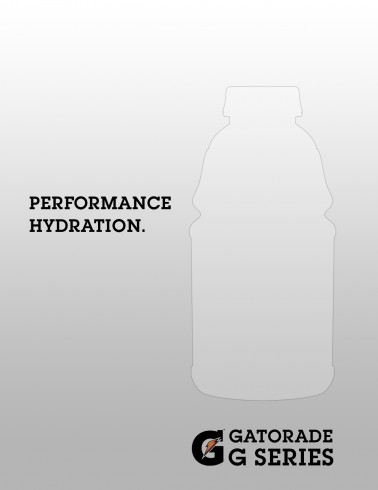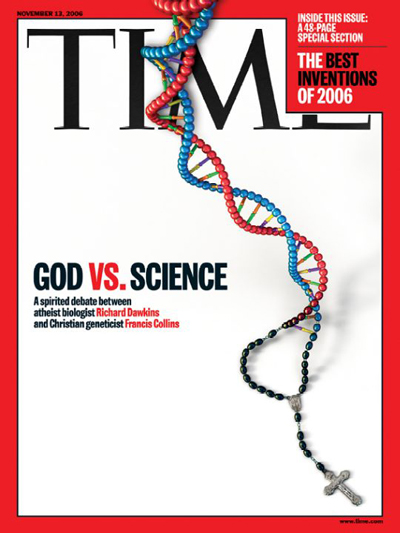Brief: The following projects are to be done quickly, with a short deadline in mind.
Criteria: Choose ONE of the projects below. All presented digitally (PDF).
Requirements: ALL photos must be NEW
Final presentation: Tuesday, Nov 15th
P4_1: Fashion Photography (10 photos)
Brief
As fashion photographer, you want to create a series of photographs for a ‘book’ to promote your model. Choose any model(s) and location(s) for the photoshoot, take as many pictures as you’d like, practicing lighting, poses, art direction, etc.
Suggestions:
Photograph indoors and outdoors, use different lighting effects, props, chairs, etc. Ask your models to wear different outfits, hats, veils, etc. Have assistants with you all time, they become handy as you need to move objects, reflectors, and other things around.
Criteria
10 Final images.
Background
1. Preparation
Prep work is extremely important in Fashion Photography, in fact, you will never over prepare! Keep a collection of reference books and magazines with inspiration-images for makeup, hair styling, lighting, posing, etc.,— it is easy to become burnt out as photographer, but if you have these books of inspiring images to glance through, something will catch your eye, and a concept or story will begin to develop.
2. It’s Your Concept
Working in fashion, there is obviously a team of hair stylists, makeup artists, and stylists you should work with, however, you are the one in charge. Be open to suggestions, and ideas, and see what others can bring to the table, but never hand over the reigns. You cannot let someone else take over your vision. If you do, it will read in your images. You need a very smooth execution of your story in order for your audience to grasp it, so be sure to take control of it.
3. Move and Move some more
Experiment from every possible angle when shooting. Shoot and move, shoot and move. You can’t wait for the shot to come to you, you have to go find it.
4. Be a Director
There are some models that don’t need a lot of direction, however, don’t lose sight of your direction. Again, you can’t wait for the shot to come to you, you have to create it.
5. Break the Rules
Whomever said “rules are meant to be broken,” was on the right track. I was taught the correct way to light my subjects, and for a long time that’s what I did. After a few fortunate accidents, I realized there’s something to be said about high contrast, and dramatic lighting. Not everything needs to be lit just so, or be perfectly flattering. Bend and break the rules, and see what you find. You will surprise yourself.
6. Never Stop Shooting
Shoot whenever, and where ever. The second you stop shooting, is the second your “photographic brain” starts slowly disappearing and getting lazy. You start losing your creative energy, and second guessing yourself, then you begin to think maybe you’re not good enough, etc. If you keep on shooting, you don’t have the chance to fall into that hole. Once you’re there, it’s hard to dig yourself out! Shoot, shoot, shoot!
P4_2: Advertising Photography (6 photos)
Brief
As advertising photographer, you are constantly collaborating with Ad Agencies or Design Firms providing imagery for their advertisements, and campaigns. Some times you will be given creative freedom, playing an independent role, but most of the time you will follow a design criteria established by an art/creative director. Designers will sketch comps and ask a photographer to create images which will fit their needs.
You’ve been asked to photograph a series of images for the Gatorade Original-G product, that follows guidelines from sketches. After taking those images, composite the ads using Photoshop.
Suggestions:
Experiment with different lighting and backgrounds (light, dark, etc.). Photograph a single bottle, multiple ones, and some splashes.
Criteria
6 Final photographs: images only (original photographs)
2 Final ads: Photoshop comps with text (greeking)
Size: Letter 8.5×11 (portrait)


P4_3: Editorial Photography (6 photos)
Brief
You’ve been asked to photograph a series of images for an editorial piece on “Financial Crisis” for TIME magazine (cover, and article). Explore any theme, as long as they reflect concepts of: Foreclosure, financial downturn, investment loss, economical restrains, Etc.
Suggestions
First define your approach, what you want to convey – the message. Then experiment with various ways of photographing it, experiment with different materials, constructions, or Photoshop (collages, manipulations, etc.)
Criteria
4 Final cover images (can be from same object/theme/idea, but executed differently)
1 Composited Cover (must follow same proportions of the magazine cover, retain masthead, coverline, barcode)
2 Images for article/story
Background
Editorial photography or sometimes also called ‘illustration photography’ refers to the pictures in a magazine that aren’t ads. The photographs that go along with the articles – even on the cover of the magazine. Some photographers shoot only editorial type work, others shoot both editorial and commercial.
As we have been discussing this semester, commercial photography is essentially advertising photography – or photography for brochures, annual reports, magazine ads, web sites, etc.
Editorial photography does not pay nearly as well as commercial, but with editorial, you usually get much more creative freedom. Most commercial photographers do it to add to their portfolio – then show the portfolio to get commercial work.
Samples



P4_4: Stock Photography (10 photos)
Select a theme and create a series of images to become available on stock photography services.
Suggestions (not limited to)
Urban Decay
Nature
Signs and Type
Elements
Texture
Criteria
Minimum of 10 images
Photo stock companies

Add a Comment
You must be logged in to post a comment.